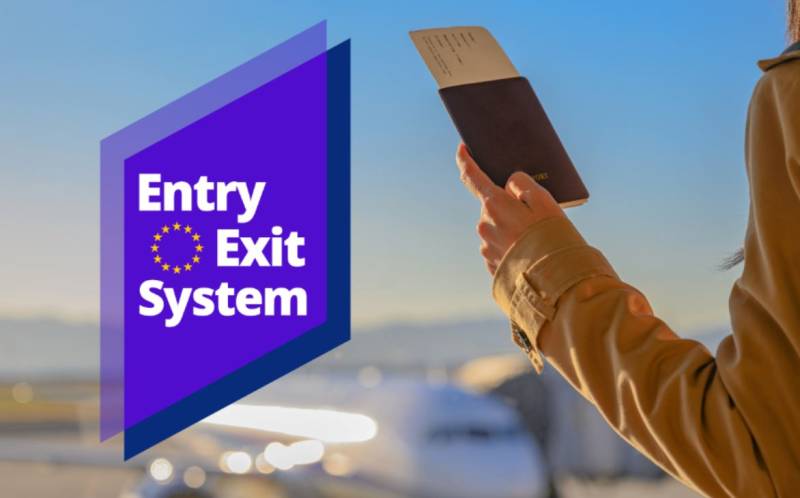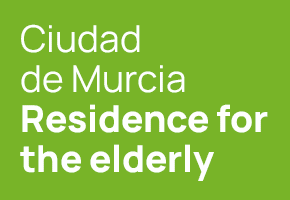- Region
- Vega baja
- Marina Alta
- Marina Baixa
- Alicante
- Baix Vinalopo
- Alto & Mitja Vinalopo
-
ALL TOWNS
- ALICANTE TOWNS
- Albatera
- Alfaz Del Pi
- Alicante City
- Alcoy
- Almoradi
- Benitatxell
- Bigastro
- Benferri
- Benidorm
- Calosa de Segura
- Calpe
- Catral
- Costa Blanca
- Cox
- Daya Vieja
- Denia
- Elche
- Elda
- Granja de Rocamora
- Guardamar del Segura
- Jacarilla
- Los Montesinos
- Orihuela
- Pedreguer
- Pilar de Horadada
- Playa Flamenca
- Quesada
- Rafal
- Redovan
- Rojales
- San Isidro
- Torrevieja
- Comunidad Valenciana
EU confirms start date for non-Schengen travellers Entry-Exit System as ETIAS fee nearly triples
UK visitors to the EU will face biometric checks starting from October 2025, followed by a new visa-waiver scheme with a higher fee

British travellers heading to the EU will face significant changes at borders starting from this October, as the long-awaited Entry/Exit System (EES) is finally set to begin its phased implementation.
The new system will introduce fingerprinting and facial biometrics for non-resident UK passport holders crossing into the Schengen area, with the full rollout due to be completed within the space of nine months.
The EES, which has faced multiple delays since it was first announced, aims to strengthen EU border control by digitally tracking the arrivals and departures of non-EU nationals to the Schengen area.
It aims to help enforce the 90-day limit for short stays within any 180-day period and assist in identifying individuals suspected of criminal activity.
Initially, the EES was meant to launch uniformly across the EU. However, a revised strategy means that the first six months will see a “phased” rollout, described by some as “border roulette”. While some crossing points will require biometric checks, others will continue to use existing manual procedures.
Travellers passing through EES-compliant border posts will be required to provide four fingerprints and a facial image. These details will be stored in a central EU database. Children under the age of 12 are exempt from fingerprinting.
The EU has now announced that the date when the rollout of the EES starts will be from October 12, 2025, which also happens to be a national holiday in Spain for ‘Spain Day’.
Despite the introduction of biometric data collection, passports will still be stamped manually during the six-month transition. Once the system is fully operational by April 9, 2026, passport stamps will no longer be required.
This marks a major change for British holidaymakers and other non-EU visitors to the EU, including those heading to Europe for the October 2025 half-term holidays, who may be among the first to experience the new process.
It is worth pointing out that the EES checks need not apply to any non-EU citizens who hold residency of an EU country, such as British, US and Australian citizens who are empadronado in Spain.
However, the UK Embassy in Madrid recently warned that any British residents who possess only an old-fashioned green certificate and not the newer TIE card may still be subject to additional passport checks.
ETIAS cost rises from €7 to €20

In a separate but related move, the European Union has confirmed that its European Travel Information and Authorisation System (ETIAS) scheme, which will see non-EU residents pay to have to enter the Schengen area, will begin between October and December 2026.
The permit, which will be a requirement for UK and other non-EU nationals visiting the Schengen area, was initially expected to cost €7. However, the EU has now officially increased the fee to €20.
The UK increased the cost of its own equivalent visa-waiver system, the ETA, from £10 to £16 just a week after it was introduced. Now, the EU is doing the same for the ETIAS, so it will cost a similar amount.
The ETIAS authorisation will be valid for three years and must be obtained before travel. Exemptions from the fee will apply to travellers under 18 or over 70, as well as close family members of EU citizens and certain other eligible groups.
Again, it is important to note that non-EU nationals who are resident in Spain or the EU do not need to pay for the ETIAS visa-waiver, just as British citizens do not need to pay for the ETA to enter the United Kingdom.
These developments were revealed through updated EU documents from eu-LISA, the agency responsible for the system, based in Tallinn, Estonia.
With these changes, UK nationals can expect more paperwork and procedural hurdles when entering the EU, although officials argue that the EES and ETIAS will streamline and secure travel in the long term, once they are finally fully operational.
Image: European Union
staff.inc.ali
Loading
Sign up for the Spanish News Today Editors Roundup Weekly Bulletin and get an email with all the week’s news straight to your inbox
Special offer: Subscribe now for 25% off (36.95 euros for 48 Bulletins)
OR
you can sign up to our FREE weekly roundup!
Read some of our recent bulletins:
Discount Special Offer subscription:
36.95€ for 48 Editor’s Weekly News Roundup bulletins!
Please CLICK THE BUTTON to subscribe.
(List price 3 months 12 Bulletins)
Read more stories from around Spain:
Contact Murcia Today: Editorial 000 000 000 /
Office 000 000 000





















